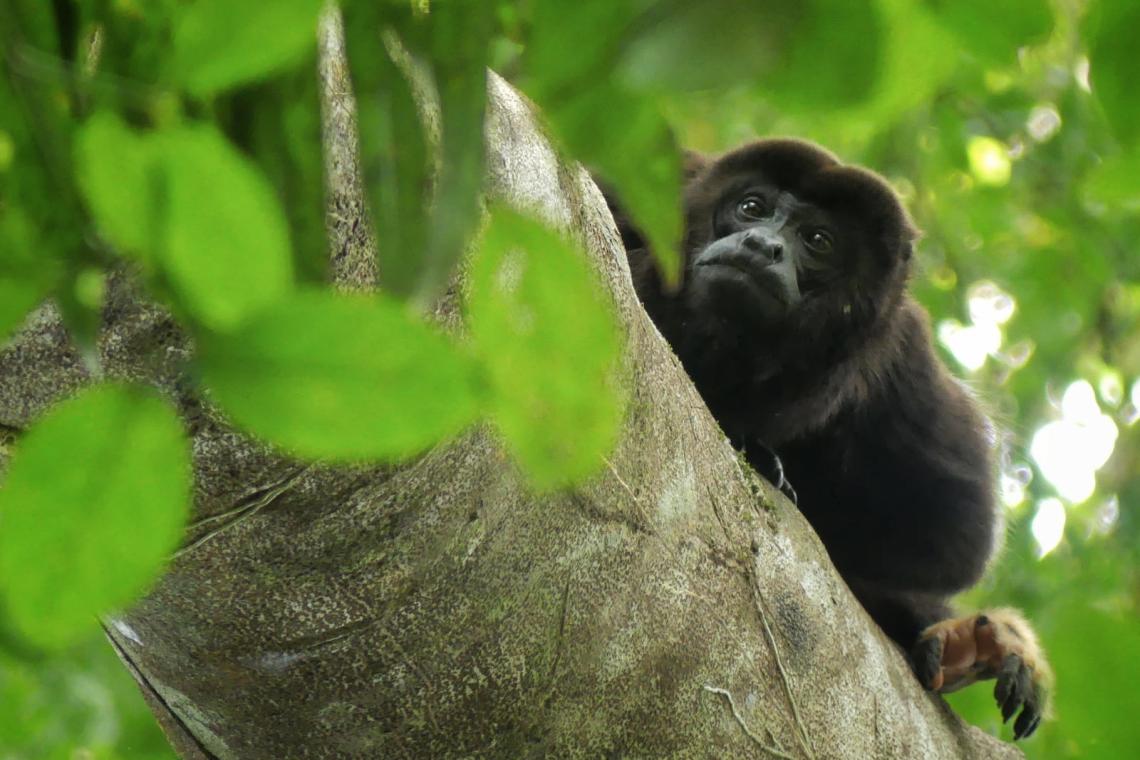It’s 8:00 a.m., and my field team and I are three miles into the forest when the smell of monkey poop greets us. Six feet ahead, the field assistant points out a fresh fecal sample splattered all over a rock. Mantled howler monkeys must be close. A branch cracks as I step forward, echoing through the trees. The disturbed monkeys slumbering in the trees above respond with their infamous howl. We found ‘em! We pull out our binoculars and each pick a few adults to watch closely. With our eyes locked on monkey butts 20 feet above us, we wait patiently until the poop drops. The 10 seconds between the poop falling and landing is a mad dash. We need to beat out the dung beetles that also want fresh poop. If we win the race, we scoop the sample into tubes to take home — tokens of a successful day at work.
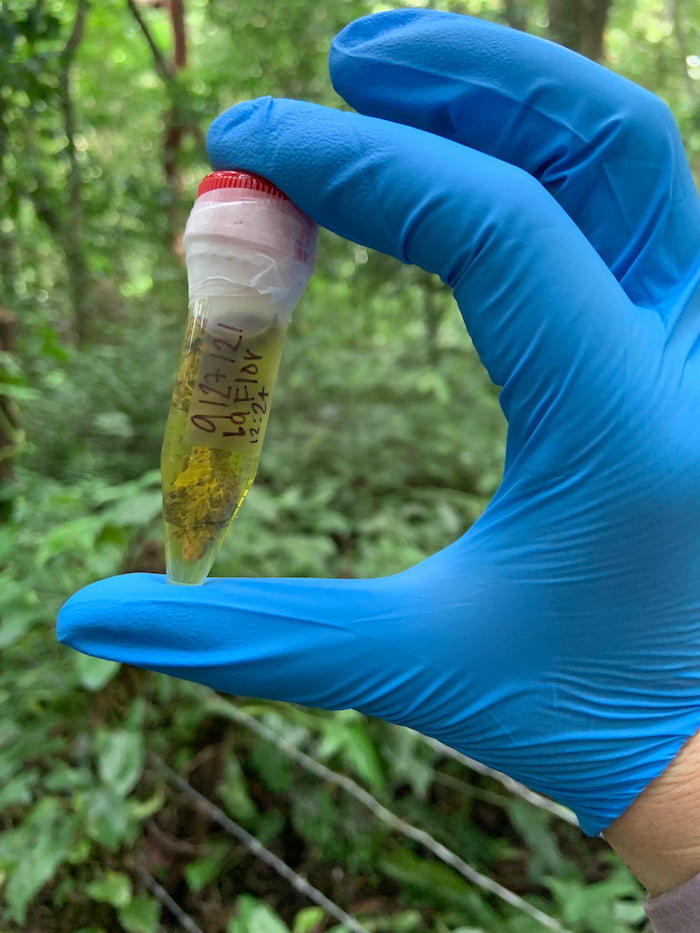
As a Ph.D. candidate, I spend half my time chasing fecal matter through the forests of Veracruz, Mexico. The other half is spent in a laboratory at Northwestern University in Evanston, Illinois, where I extract microbes from poop remnants to get an inside look at a monkey’s gut with the hope that this information will help save endangered primates. The gut microbiome—the collection of bacteria and microbes inside the gut of living organisms—plays a critical role in digestion, immunity, and overall well-being. Therefore, gut health, assessed by analyzing what microbes are inside monkey poop, can provide information on a species’ well-being.
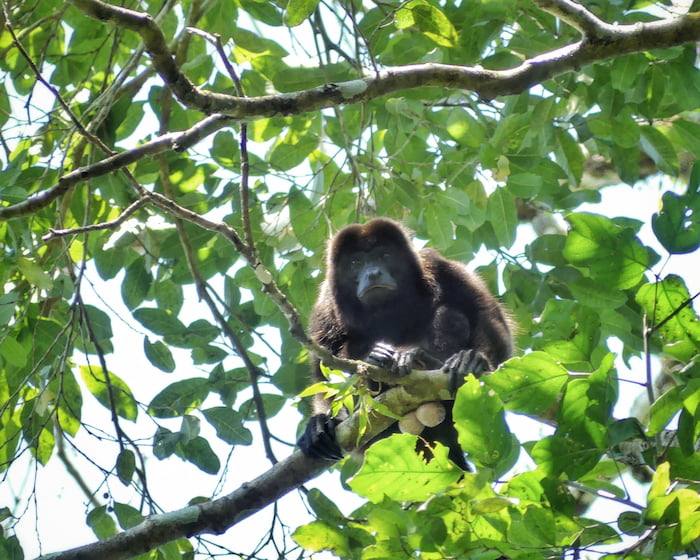
Pressure on wild primates and their habitats
Today, nearly 75 percent of the 700+ primate species around the globe have declining populations or are classified as endangered, often due to shrinking habitats and deforestation. The Mexican mantled howler monkeys I study are making news right now due to yet another threat: unprecedented heat waves are causing them to drop dead from trees. Conservation biologists face the daunting task of protecting many species from many threats all at once, so we desperately need cost-effective, accessible techniques to monitor species’ health. Enter expert poop collectors like me, whose research demonstrates how gut microbiome analysis is a promising yet underutilized resource for conservation management.
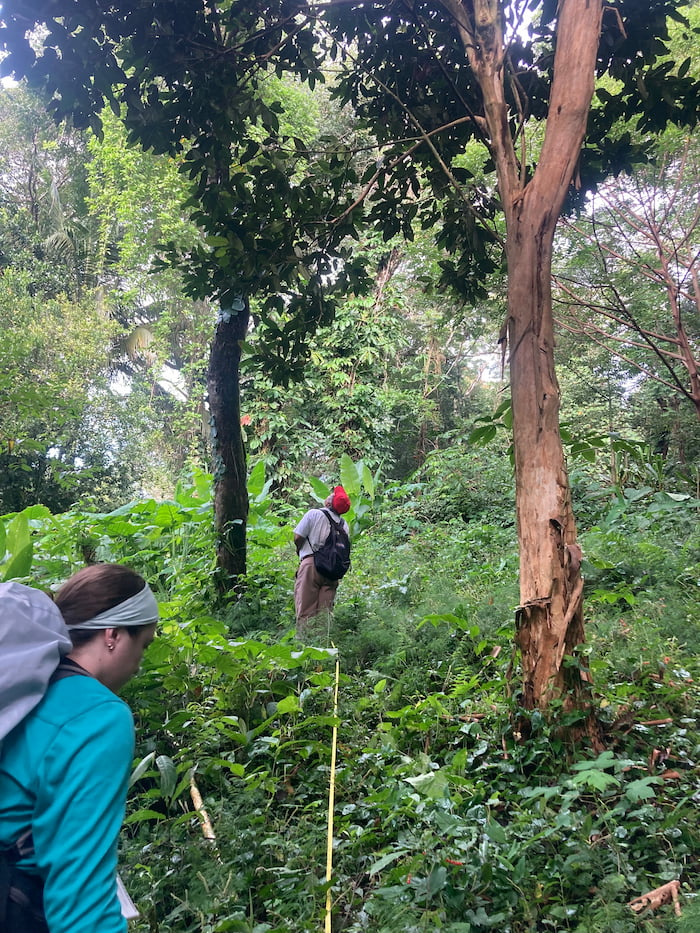
Of course, to understand gut health, we also have to understand the monkeys’ habitat—that is, what kinds of vegetation they eat, and how the quality of their habitat is changing. Depending on which forest fragment the different social groups live in, the monkeys experience varying levels of habitat degradation. Measuring habitat quality adds another layer to the daunting task of poop collecting. My team traverses miles of forests, climbing steep and rocky mountainsides, avoiding poisonous snakes, counting all the tree species. For reference, I identified around 230 different tree species across ten forest fragments. I also measure how close the monkeys are to human settlements and how isolated they are from larger forests with more resources. For example, some social groups live in large, connected forests away from humans with access to preferred foods that are easy to digest, like fruit. Other less fortunate groups live in small, isolated forests closer to humans, with limited access to fruits—relying on leaves that are hard to digest and contain toxins. When comparing the gut microbiomes of monkeys, social groups in the smaller, more degraded forests have a lower gut microbiome diversity and a different composition of microbes than those in the less degraded forests.
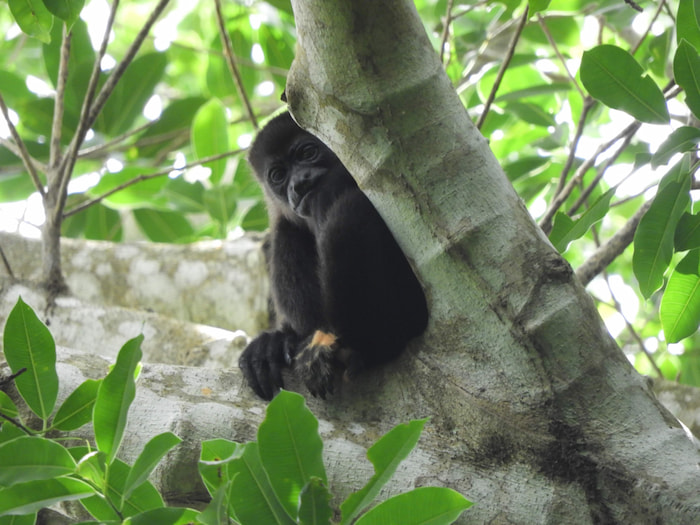
Application of gut microbiome analyses to species monitoring
Different species of microbes in the gut perform different functions, many of which are vital to an animal’s health. A low gut microbiome diversity and change in composition may mean fewer microbial species are available to perform different functions. To understand if this shift in their gut microbiome hurts the howler monkeys, I study whether the functions of specific microbes also change between the different habitats.
While social groups in lower-quality habitats experience shifts in their gut microbiome, I also observe a functional shift: These monkeys are harboring microbes known to help break down indigestible food and convert it into usable energy. It appears that these howler monkeys are demonstrating resilience to habitat change, and their shifting gut microbiomes may help offset their less-than-ideal habitats. For the endangered Mexican mantled howler monkey, whose natural habitat is expected to decline by 14 percent by 2025, the adaptability of their gut microbiomes becomes critical to their survival. Another aspect of gut microbiome analysis is its ability to be used as a monitoring tool. I can re-quantify their gut microbiome over time to monitor if this reliance on microbes and assisted adaptability is a short-term fix to environmental change or can help with the long-term survivability of this dying species.
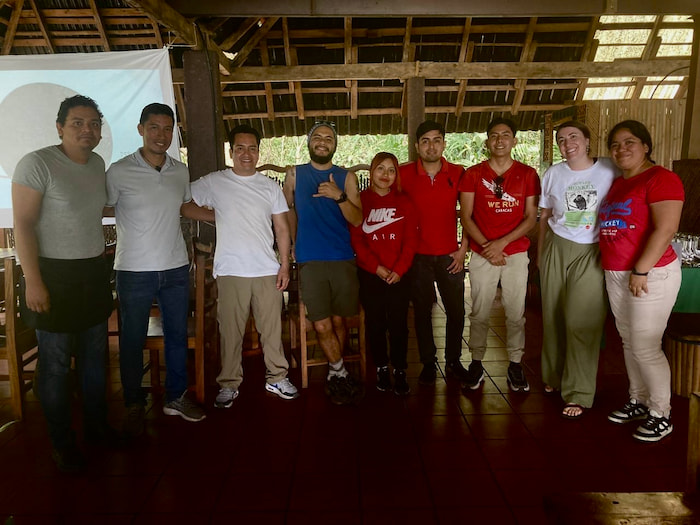
Connecting with the local community
My field team and I set out for another day at 8:00 a.m. This time, we stop before entering the woods, parking under a tree at the community center. Today we are collecting a third layer of crucial information: survey and interview data with community members and leaders to understand their perspectives on conserving and protecting wildlife and the forests. Together with researchers, policymakers, and community stakeholders, we must collaborate to decide how microbiome data, habitat quality surveys, and community perspectives could all inform conservation plans and the long-term monitoring of primates and their habitats. Through poop collection and collaboration with the local community, I plan to develop effective conservation plans that help slow the rate of habitat loss — and protect this vulnerable species.

